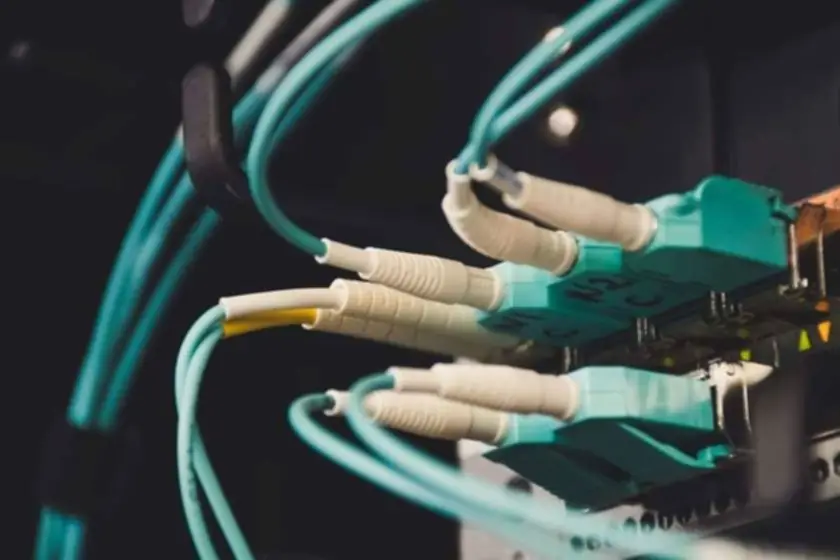Edge Computing explained: Definition, examples, usage

How many times have you experienced high latency? Probably, at least several times during your life. This is often an issue with weak and unoptimized networks.
What is edge computing? Get the answer and learn how it helps with optimization to remove latency and network failure in the newest post by the Global Cloud Team.
What is edge computing?
In simple words, edge computing is an approach that helps developers make computing much faster. Instead of applying hundreds of processes and sending information to distant servers, devices can process data in local “nodes” such as a user’s computer. So, basically, it removes latency and makes things faster.
All processes are led to a network edge. This is where the device gets connected to the internet. Servers are usually distant from computers and other devices, while edge computing ensures there is something near them to speed up the connection.


We are confident that we have what it takes to help you get your platform from the idea throughout design and development phases, all the way to successful deployment in a production environment!
Edge computing vs other models
One of the first versions was personal computing. Everything worked directly on the user’s device, and there were not many remote connections. All your software and data were accessible right from the PC.
Another version, cloud computing, became more popular recently. The major advantage it has is the possibility to increase storage and decrease its costs. This is when the servers are located distantly, and computers access them online.
Cloud computing comes with a disadvantage in the face of latency and network dependence. The reason is the distance and the type of connection. In the case of edge computing, it’s a little bit different. The length required for the information to travel is minimized. So, data is processed and transmitted to closer “nodes,” removing latency.
Example of edge computing
The simplest example of edge computing is a system of IoT cameras.
Primarily, these would be regular cameras that always stream video to a cloud server. Then, in the server, the data is transmitted to an application that detects motion only to save clips with activity. Information is always sent and relocated, meaning there are multiple “heavy” processes and huge latency.
If we apply edge computing, it will change the structure. First, the motion detection software will be in a local node. Second, the cameras will use an internal computer to run the application. Then, once the data is cut and edited, it would be sent to the cloud server.
As a result, we reduce bandwidth and latency. Also, the expenses for cloud servers are minimized because all it does is store information. Therefore, edge computing comes as a significant improvement for the whole system.
Where else can edge computing be used?
Edge computing has many ways of application with modern technologies. For example, its way of optimizing the whole network helps areas such as:
- Security systems;
- The Internet of Things ecosystems;
- Cars that use autopilot modes;
- Efficient content storage;
- Everything related to video streaming.
If you take a broad look at the topic, you’ll see that edge computing is a valuable addition to most industries. Its whole idea helps technologies work faster. Probably, that’s not the limit, and we’ll see an even better-optimized network in the near future.
Advantages of edge computing
Now, we shall cover the pros of edge computing:
- Reduced expensesThe simplest example was already mentioned above. You spend fewer resources like network, server power, and others. Thus, it all costs less.
- Enhanced performanceWe’ve also mentioned reduced delays. Again, this system helps devices and applications avoid latency and work as fast as possible. A prominent example is surveillance cameras, where data is sent only once instead of multiple duplicates.
- Additional featuresDue to the reduced load and newly installed edge nodes, companies can have even more processes. For example, they could process and analyze information on a local level without sending it to a remote server.
Remember how many delays you’ve experienced because of a slow network? Well, edge computing is designed to bring this to an end.
Disadvantages of edge computing
Now, we shall cover the cons of edge computing:
- Increased costsCompanies have to spend more money to install the technology and make it function as intended. This also requires that developers are qualified enough to maintain the system and ensure its security.
- Higher probability of a targeted attackHackers are likely to spend more time trying to compromise a network with many IoT devices in it. New technologies always mean new possibilities for hacks. That’s why it is very important to remember cybersecurity. Companies must not cut their expenses in this area!
So, as you can see, there aren’t that many drawbacks. The major issue would be money. Security and privacy is only a potential issue that can be minimized with a properly developed system.
The bottom line
Edge computing is truly a great way to optimize whole networks. It takes a tremendous effort to install it within your system, especially when there are no specialists with relevant knowledge.
The Global Cloud Team can help. Contact us via the form on the website and describe your issue – we will assist ASAP!
Top Articles
ABC of DevOps Testing: Types, Best Practices, and Everything You Need to Know
I am here to help you!
Explore the possibility to hire a dedicated R&D team that helps your company to scale product development.






